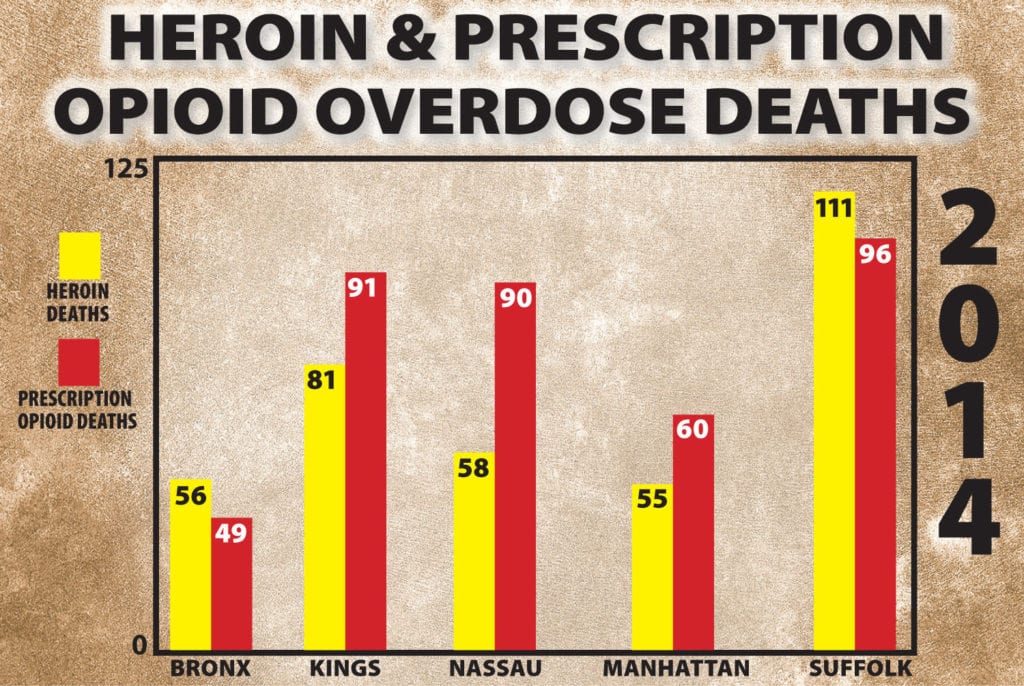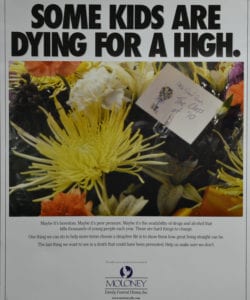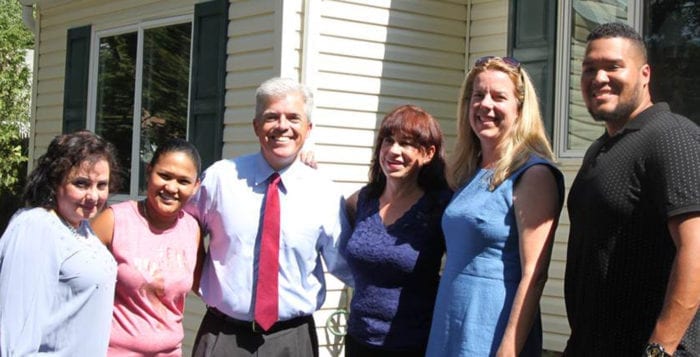Starting in March, while walking on Main Street in Port Jefferson, don’t look down.
Repairs to sidewalks on both sides of Main Street will take place beginning March 1, weather permitting, and are expected to last about four weeks, according to Port Jefferson Village.
Village Mayor Margot Garant said during a board meeting Feb. 8 that $200,000 of the total expected cost of $235,000 was secured from the state’s capital improvement account thanks in part to efforts of state Sen. Ken LaValle (R-Port Jefferson).
Garant said Suffolk County contractor Deal Concrete Corporation will be doing the job along Route 25A. One side of Main Street will be done at a time, and temporary bridges will be utilized to allow shoppers to enter and exit businesses while the concrete is wet, according to Trustee Larry LaPointe.
“It just needs to be done because the sidewalk is a disaster,” Garant said during the meeting. “After we replace this sidewalk we are putting all of the building owners and merchants on notice that they really have to clean the sidewalks. They have to get out there with gum-busters, hoses.”
According to the village code, business owners are responsible for maintaining the sidewalks in front of their establishments. During the board meeting, a community member suggested fines be imposed on businesses that are not in compliance, and Garant agreed.
“Once we’ve got a clean slate then we can do exactly that,” LaPointe said during the meeting in response to the community member.
The sidewalks to be repaired span from the three-way intersection of Main Street, East Broadway and West Broadway near Port Jefferson Harbor, heading south and stopping at East Main Street.
The three business owners and one manager of establishments within the area who were available to be interviewed all said they hadn’t been notified by anyone of the impending project as of the afternoon of Feb. 14.
Vincenzo Chianese, owner of Vincenzo’s Pizza on the east side of Main Street, said he anticipates it might be bad for business if the sidewalk is inaccessible for an extended period of time, but said the temporary bridges would be helpful for customers.
“If they do it the right way I think it’ll be ok,” said Bill Familia, owner of Yogo Delish frozen yogurt shop. “It’ll be a little bit of a hassle for the walkers, but we can handle March in my business.”
Joseph Ciardullo, owner of C’est Cheese, an artisanal cheese, boutique wine and craft beer restaurant on the west side of Main Street, said despite his shop’s rear entrance, lengthy construction projects are rarely good for business.
“It’s definitely not going to be the most ideal situation,” he said. “I’m sure there will be a slight decline [in business], but hopefully it won’t be too inconvenient.”
Ciardullo added he’s looking forward to the project’s completion.
“I think any village improvement is
always a good idea,” he said.
Linda McLoone, manager of Thomas Kinkade art gallery on the west side of Main Street, also expressed concerns about access for patrons, but admitted repairs are probably for the best.
“It probably will affect business, but I don’t know,” she said. “I guess it needs to be done because the sidewalks out there are horrible — they’re tripping hazards.”





























